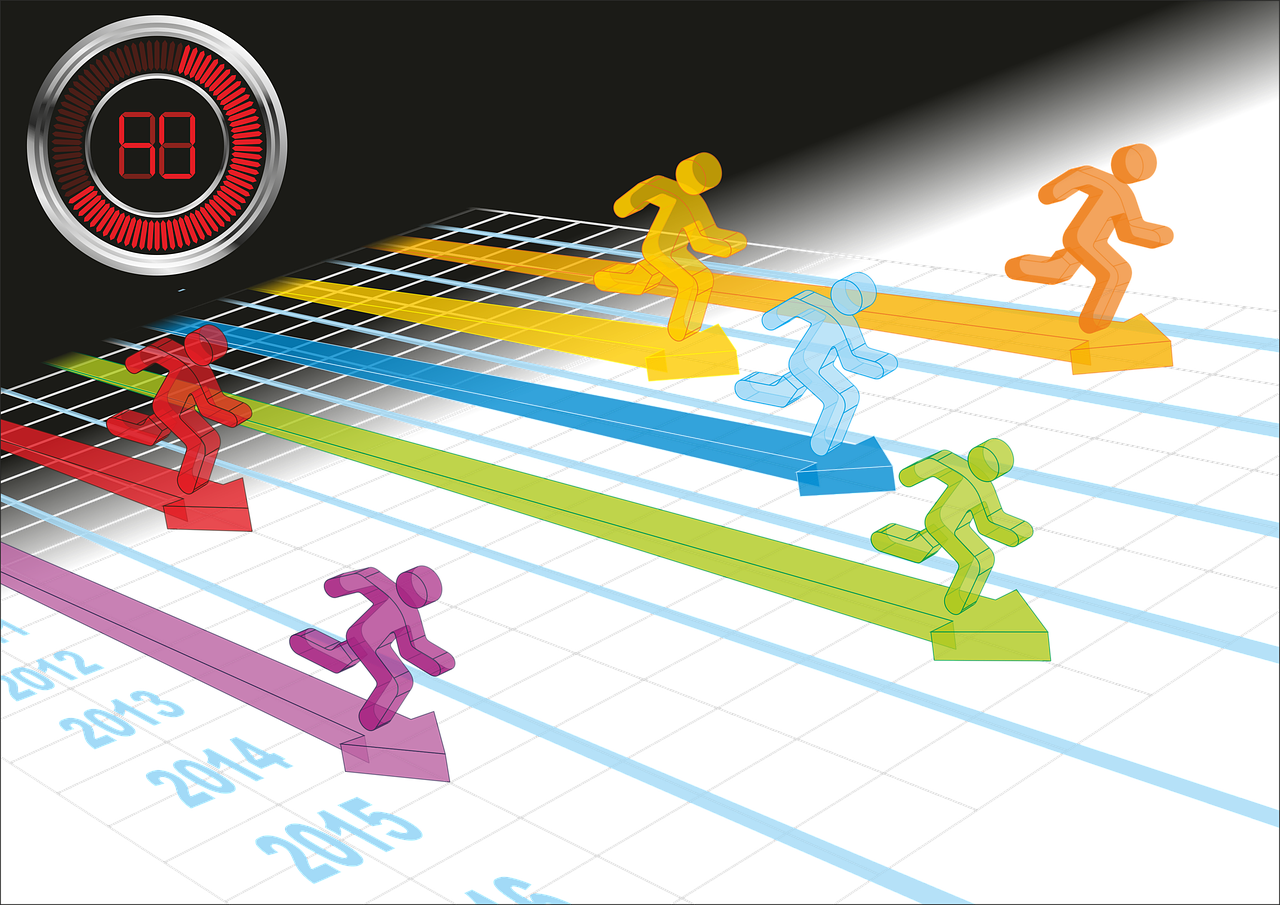Winter tends to put filtration systems to the test, especially in industries handling wastewater, coolant, or any fluid carrying suspended solids. For fluid-heavy operations, colder temperatures often shift how systems behave, sometimes in subtle but costly ways. Separation slows, oils thicken, and filters reach capacity faster than usual. Add pressure fluctuations and longer warm-up times, and it becomes clear: winter changes the game.
If you’re working in food processing, metal fabrication, energy production, or water treatment, this is the season to stay ahead. Watch for early signs of inefficiency and consider how to best implement smart industrial filtration this winter before the cold starts interfering with flow rates, product quality, or output consistency.
Cold Weather, Different Flow
It doesn’t take much—a few chilly nights, and suddenly, your fluid system isn’t responding the way it did just weeks earlier. Flows slow down, pressures fluctuate, and the separation process that used to keep pace now lags behind. Fine solids that typically settle out naturally may now remain suspended for longer, while oil-based fluids begin to thicken and resist standard filtration.
In wastewater systems, this can mean more strain on pumps and extended downtime for cleaning or manual flushing. In coolant filtration systems, it often results in more frequent filter changes and sluggish throughput. If your operation uses gravity-fed separation, batch filtration, or legacy centrifuge systems, winter’s effects are even more pronounced—especially in colder regions where ambient temperature drops significantly overnight.
Where Slowdowns Start
Clogged filters and cloudy discharge may be the most obvious signs of trouble, but subtle symptoms can signal deeper inefficiencies. These include unusually frequent backflush cycles, pressure imbalances, unexplained flow rate fluctuations, or higher energy use for maintaining the same output.
Operators might not immediately associate these issues with weather changes. But if you’re changing filter media more often, extending cleanout times, or noticing inconsistent performance at shift changeover, the system is likely compensating for changes in fluid behaviour that your equipment isn’t designed to automatically handle.
Industries with variable fluid inputs—like rendering, agricultural processing, or fuel recovery—are particularly vulnerable. The colder it gets, the more likely your setup is fighting against the viscosity and flow changes rather than working with them.
What Smart Industrial Filtration Adds
This is where smart industrial filtration makes its mark. These systems do more than track performance—they adapt. They recognise load shifts, pressure drops, or fluid density changes in real time, and then make automatic adjustments to prevent build-up, backflow, or flow reduction. Unlike traditional setups that run on fixed cycles, smart filtration responds dynamically to how your system is performing in the moment.
Take, for example, a coolant filtration system in a metalworking facility. As the coolant thickens in winter, conventional filters clog faster, and pressure builds behind the blockage. A smart system will detect the increase, adjust filter cycle timing, and signal for early intervention—avoiding the backup altogether. Over time, these micro-adjustments translate into reduced downtime, fewer emergency flushes, and a more stable output profile.
Small Fixes That Deliver Big Results
You don’t always need a full system overhaul. Some of the most effective winter upgrades are small, targeted changes: switching to filter media designed for colder fluids, adding pressure sensors to trigger cleaning cycles, or adjusting your pump settings to respond more fluidly to winter loads.
In many cases, modifying the layout to reduce flow path resistance or installing a pre-warming step for temperature-sensitive fluids is enough to get better results. The point isn’t to replace your existing system—it’s to let it perform closer to its design potential despite seasonal stressors.
Avoid Relying on Routine Alone
Routine maintenance and visual inspections are essential, but they aren’t always enough. Winter introduces fluid dynamics that fixed maintenance schedules can’t account for. Waiting until filters clog or throughput drops means you’re already behind. And manual adjustments by operators—while well-intentioned—often lead to inconsistencies or short-term fixes that don’t solve the underlying issue.
Smart industrial filtration bridges this gap. It monitors and adapts, using feedback loops to make adjustments in real time. It eliminates guesswork and ensures your system is working at optimum capacity, even when conditions change.
Review the Data Before It Slows You Down
If last winter meant more call-outs, extra cleaning, and higher costs just to keep things running, don’t wait for a repeat. Reviewing your operational logs now can help you identify what needs to change. Are your filters clogging faster? Are pumps running longer for the same output? Are your staff spending more time troubleshooting flow inconsistencies?
Go beyond routine servicing and start with a simple audit: check changeover records, filter lifespan, flush frequencies, and energy usage during colder months. If there’s a pattern of decline, it’s likely time to adjust your setup or consult a specialist.
Get Ahead Before Downtime Creeps In
Winter doesn’t have to mean lower performance. By rethinking how your systems respond to temperature-driven changes in fluid behaviour, you can keep operations smooth and efficient. Whether you’re dealing with coolants, wastewater, or high-particulate fluids, now is the time to strengthen your defences.
Don’t let small inefficiencies build into major delays. Instead, explore how you can implement smart industrial filtration this winter to ensure cleaner output, fewer shutdowns, and consistent performance across your operation.











